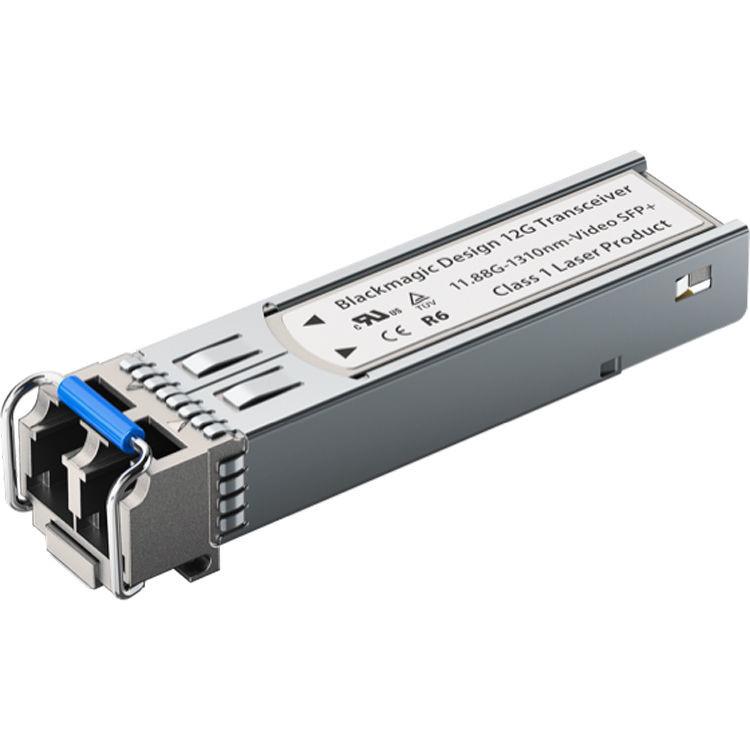Overview
SFP is the abbreviation of SMALLFORMPLUGGABLE (Small Pluggable), which can be simply understood as an upgraded version of GBIC. SFP module
sfp(3 sheets)
The volume is reduced by half compared to the GBIC module, only the size of a thumb. You can configure more than double the number of ports on the same panel. The other functions of the SFP module are basically the same as those of the GBIC. Some switch manufacturers call the SFP module a miniaturized GBIC (MINI-GBIC)The composition of the SFP optical module is:
Laser (including transmitter TOSA and receiver ROSA), circuit board IC and external accessories The external accessories are composed of shell, base, PCBA, pull ring, buckle, unlocking piece, and rubber plug. For easy identification, the color of the pull ring is generally used to identify the parameter type of the module.
SFP classification
rate classification
According to rate, there are 155M/622M/1.25G/2.125G/4.25G/8G /10G, 155M and 1.25G are used more in the market. 10G technology is gradually maturing, and the demand is developing with an upward attitude.
Wavelength classification
According to wavelength, there are 850nm/1310nm/1550nm/1490nm/1530nm/1530nm/1610nm, the wavelength of 850nm is SFP multi-mode, and the transmission distance is Below 2KM, the wavelength of 1310/1550nm is single mode, and the transmission distance is above 2KM. Relatively speaking, the price of these three wavelengths is cheaper than the other three.
It is easy to confuse the bare module if there is no logo. Generally, manufacturers will distinguish the color of the pull ring. For example, the black pull ring is multi-mode with a wavelength of 850nm; blue is a module with a wavelength of 1310nm; Yellow is a module with a wavelength of 1550nm; purple is a module with a wavelength of 1490nm, etc.

Mode classification
Multimode
Almost all multimode fibers are 50/125um or 62.5/125um in size, and bandwidth (the amount of information transmitted by the fiber ) Usually 200MHz to 2GHz. Multi-mode optical transceivers can transmit up to 5 kilometers through multi-mode optical fibers. Use light-emitting diodes or lasers as light sources. The color of the pull ring or external body is black.
Single-mode
The size of single-mode fiber is 9-10/125µm, and it has unlimited bandwidth and lower loss than multi-mode fiber. The single-mode optical transceiver is mostly used for long-distance transmission, sometimes up to 150 to 200 kilometers. Use LD or LED with narrower spectral line as the light source. The color of the pull ring or external body is blue, yellow or purple.
Differences and connections
Single-mode fiber is cheap, but single-mode equipment is much more expensive than similar multi-mode equipment. Single-mode equipment usually runs on single-mode fiber or multi-mode fiber, while multi-mode equipment is limited to running on multi-mode fiber.
The 10G module has experienced the development from 300Pin, XENPAK, X2, XFP, and finally realized the transmission of 10G signals in the same size as SFP, which is SFP+. With its advantages of miniaturization and low cost, SFP meets the high-density requirements of optical modules for equipment. From the 2002 standard, it has replaced XFP and became the mainstream of the 10G market in 2010.
Related comparison
SFP+ and SFP
1, SFP and SFP+ have the same appearance size;
2, SFP protocol specification: IEEE802. 3. SFF-8472;
SFP+ and XFP
1, SFP+ and XFP are both 10G optical fiber modules, and can communicate with other types of 10G modules;
2. Because of its smaller size, SFP+ moves the signal modulation function, serial/deserializer, MAC, clock and data recovery (CDR), and electronic
dispersion compensation (EDC) function from the module to On the motherboard card;
3, XFP complies with the protocol: XFPMSA protocol;
4, SFP+ complies with the protocol: IEEE802.3ae, SFF-8431, SFF-8432;
5. SFP+ is a more mainstream design.
SFP+
1, SFP+ has a more compact form factor than X2 and XFP packages (the same size as SFP);
2, it can be the same type XFP, X2, XENPAK are directly connected;
3, the cost is lower than XFP, X2, XENPAK products.
